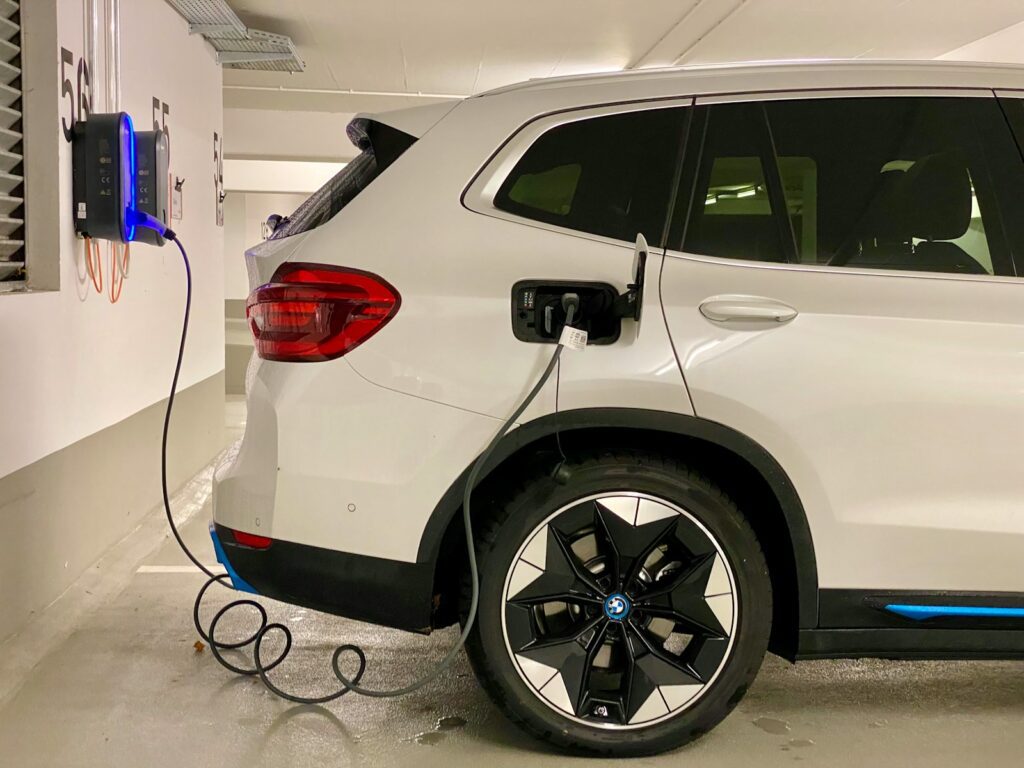
As we step into 2024, the automotive landscape is undergoing a remarkable transformation, shaped by emerging technologies, changing consumer preferences, and a growing emphasis on sustainability. Staying abreast of these car trends is not just an option for auto enthusiasts; it is essential for anyone involved in the auto transport and shipping industry. Understanding these trends can significantly influence decision-making, whether you’re a consumer looking to purchase a new vehicle or an auto transport company aiming to optimize your services. In this article, we will explore these latest car trends of 2024, providing insights into how they impact the auto transport industry and what you need to know to stay ahead.
Summary
The Rise of Electric Vehicles (EVs)
Overview of EV Growth
The electric vehicle market has seen exponential growth in recent years, with sales increasing by over 60% in 2023 compared to the previous year. This trend is expected to continue in 2024, with EVs projected to make up 15% of all new vehicle sales globally. Factors driving this growth include improving battery technology, expanding charging infrastructure, and increasing consumer awareness of the environmental and cost-saving benefits of EVs.
Impact on Auto Transport
The rise of EVs is significantly impacting the auto transport industry. Electric vehicles require specialized transport equipment, such as enclosed trailers with power outlets to maintain battery charge during transit. Auto transport companies must invest in these specialized vehicles and train their drivers on proper handling and charging procedures for EVs. Additionally, the weight of electric vehicles, which can be up to 30% heavier than their gasoline counterparts due to the battery pack, must be considered when planning transport logistics.
Advancements in Autonomous Driving Technology
Current Developments
In 2024, the landscape of autonomous driving technology has reached new heights, driven by significant advancements in artificial intelligence (AI), sensor integration, and connectivity. The integration of sophisticated sensors such as LiDAR, radar, and high-definition cameras has enhanced vehicles’ ability to navigate complex environments safely. AI algorithms have improved decision-making processes, allowing vehicles to interpret vast amounts of data in real-time, which is crucial for safe navigation and obstacle detection.
Regulatory Changes and Challenges
As autonomous vehicles become more prevalent, regulatory frameworks are evolving to ensure safety and compliance. Governments are introducing stricter regulations that require autonomous vehicles to meet rigorous safety standards before being allowed on public roads. These regulations aim to address concerns about liability, data privacy, and the ethical implications of self-driving technology. The challenge lies in balancing innovation with safety, as the industry pushes for faster deployment while regulators seek to ensure public trust and safety.
Implications for Auto Transport
The advancements in autonomous driving technology have profound implications for the auto transport industry. Companies must adapt their logistics and operations to accommodate self-driving vehicles, which may include developing specialized training programs for drivers and investing in new technologies for vehicle tracking and management. As autonomous vehicles become more common on the roads, auto transport services will need to evolve to ensure safe and efficient transportation of these advanced vehicles.
Sustainability Trends in Automotive Manufacturing
Eco-Friendly Materials and Processes
The automotive industry is increasingly prioritizing sustainability, with a significant shift towards the use of eco-friendly materials and processes. Manufacturers are adopting renewable energy sources, such as solar and wind power, to reduce their carbon footprint during production. This transition not only minimizes environmental impact but also enhances operational efficiency. For instance, companies that implement energy-efficient practices can see substantial cost savings over time, making sustainability a viable business strategy.
Consumer Preferences for Green Vehicles
As consumer awareness of environmental issues grows, there is a marked increase in demand for sustainable vehicles. A recent survey indicated that over 70% of consumers consider a vehicle’s environmental impact when making purchasing decisions. This trend has prompted automakers to invest in electric and hybrid vehicles, as well as to utilize recycled materials in manufacturing. By aligning their offerings with consumer preferences for green products, manufacturers can enhance their brand reputation and foster customer loyalty.
Circular Economy Practices
The circular economy is gaining traction within the automotive sector, emphasizing the importance of recycling and reusing materials throughout the vehicle lifecycle. Manufacturers are increasingly focused on designing vehicles that are easier to disassemble and recycle at the end of their life. This approach not only conserves natural resources but also reduces waste generation. For example, companies like Volkswagen are committed to using 100% recycled materials in various components of their vehicles, showcasing a commitment to sustainability that resonates with environmentally conscious consumers.
Challenges and Opportunities
Despite the positive trends, the automotive industry faces challenges in transitioning to sustainable practices. Upfront costs associated with implementing green technologies can be significant, and manufacturers must navigate complex supply chains to source sustainable materials. However, those who successfully embrace sustainability stand to gain a competitive edge in an increasingly eco-conscious market.
The Impact of Technology on Vehicle Connectivity
Smart Features and Connectivity
The integration of advanced technology into vehicles has ushered in a new era of connectivity, transforming cars into sophisticated mobile devices. Connected vehicles utilize various communication technologies, including Vehicle-to-Everything (V2X), which encompasses Vehicle-to-Vehicle (V2V) and Vehicle-to-Infrastructure (V2I) systems. These technologies enable real-time data exchange between vehicles and their surroundings, enhancing safety and efficiency on the roads. For instance, V2V communication allows cars to share information about road conditions and potential hazards, significantly reducing the likelihood of accidents.
Enhanced Infotainment Systems
Modern vehicles are equipped with advanced infotainment systems that provide drivers and passengers with a seamless digital experience. Features such as real-time navigation, voice-activated controls, and personalized settings create an engaging environment for users. The introduction of 5G technology is further enhancing these systems by providing faster data transfer rates, enabling features like high-definition streaming and instant updates. As consumers increasingly demand connectivity similar to their smartphones, automakers are investing heavily in developing intuitive interfaces that cater to these preferences.
Predictive Maintenance and Diagnostics
Connected cars are becoming smarter in diagnosing issues before they escalate into significant problems. With telematics technology, manufacturers can monitor vehicle performance and health remotely, providing timely maintenance alerts to drivers. This proactive approach not only enhances vehicle reliability but also reduces downtime and repair costs. For example, predictive maintenance can alert drivers about necessary tire rotations or oil changes based on real-time data analysis, leading to improved vehicle longevity.
Environmental Benefits
The connectivity of modern vehicles also contributes to environmental sustainability. By utilizing data analytics for route optimization, connected cars can reduce fuel consumption and emissions. Advanced algorithms can analyze traffic patterns and suggest the most efficient routes, minimizing idling time and promoting eco-friendly driving habits. Additionally, as electric vehicles (EVs) become more integrated with connected technologies, they can optimize charging schedules based on grid demand and availability.
Challenges and Concerns
Despite the numerous benefits of vehicle connectivity, challenges remain. Cybersecurity is a significant concern as connected vehicles become potential targets for hacking and unauthorized access. Manufacturers must invest in robust security measures to protect sensitive data collected from vehicles. Furthermore, privacy issues arise as connected cars gather extensive information about driving habits and personal preferences.
